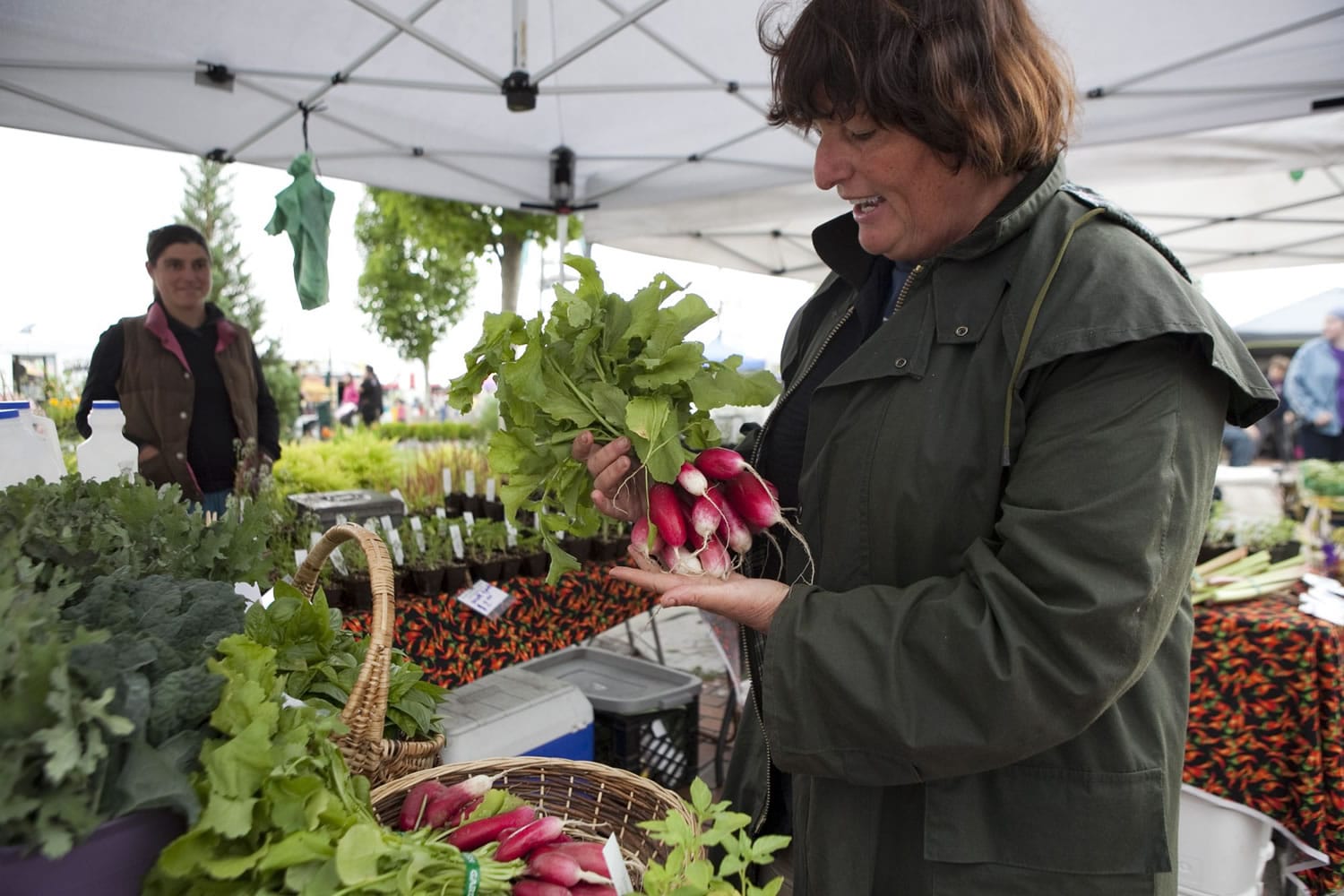1880: 115,300
1890: 138,600
1900: 192,737
1910: 186,929
1920: 194,309
1925: 192,444
1930: 194,482
1935: 223,966
1945: 204,847
1950: 219,049
1954: 208,414
1964: 179,577
1969: 124,575
1974: 99,587
1978: 101,606
1982: 134,619
1987: 94,646
1992: 82,967
1997: 82,666
2002: 70,694
2007: 78,359
Source: USDA Census of Agriculture
As anyone who grew up in Clark County can attest, thousands of acres of farm land have been paved over and populated with houses.
From 1982 to 1992, the county’s farm acreage, as calculated by the U.S. Department of Agriculture, dropped from 134,619 to 82,967.
However, there are no up-to-the-minute official statistics on any facet of Clark County agriculture because of the pace of the national data-collection process.
The U.S. Department of Agriculture issues its census of agriculture every five years, and the most recent statistics cover the period from 2002 to 2007.
What is known is that Clark County farming is becoming steadily less visible as Southwest Washington becomes more suburban. Still, the number of acres being farmed in Clark County did grow from 2002 to 2007.
Farms and rural homesteads continue to add millions of dollars to the county economy by growing strawberries, raspberries, blackberries, blueberries, peaches, vegetables, horses of all kinds, llamas, alpacas and niche or specialty crops such as Christmas trees, flowers, ginseng and lavender.
But revenue generated from farming has dipped slightly in recent years. The USDA’s latest farm production figures, released in 2009, show 2,101 Clark County farms contributed $52.69 million annually to the economy.
That is a 3.2 percent decrease from $54.41 million in 2002.
According to the USDA charts, the biggest share of Clark County’s 2,101 farms are fairly modest operations. The average size of a Clark County farm is 37 acres; that’s about one-tenth the size of the average farm in Washington, 381 acres.
On the income side, about three-quarters of the county’s farms — 1,556 — did less than $5,000 in business, and 1,285 owners had a primary occupation other than farming.
As far as production goes, the most numerous kind of farm animals in Clark County are chickens, with about 4 million produced annually for the market.
The latest official figures may underestimate farming’s current impact. County farm officials believe the USDA tends to undercount tiny farmsteads, a growing phenomenon in this county.
On “hobby farms,” folks may keep horses, chickens or even peacocks, grow a big garden or perhaps share with neighbors or sell produce at a farmers market.
The newest trend in Clark County’s fertile fields — other than a huge yield of subdivisions — is the growth of community-supported agriculture, plant nurseries, niche farms, farmers markets and roadside stands.
The community-supported agriculture operations are finding a receptive market. Their customers are city dwellers who sign up with farmers to get seasonal vegetables each week. More than 20 CSA farms were growing crops last year, which was up from 13 subscription operations a couple of years ago.
The popularity of CSAs rocketed in past years to the point that you’d be lucky to find a farm that still had openings in April.
Last year was different, however. Farms found themselves under-subscribed, perhaps because of the extended economic downturn.Interested in seeing what’s available this year? Visit http://www.swwa-csafarms.com.



